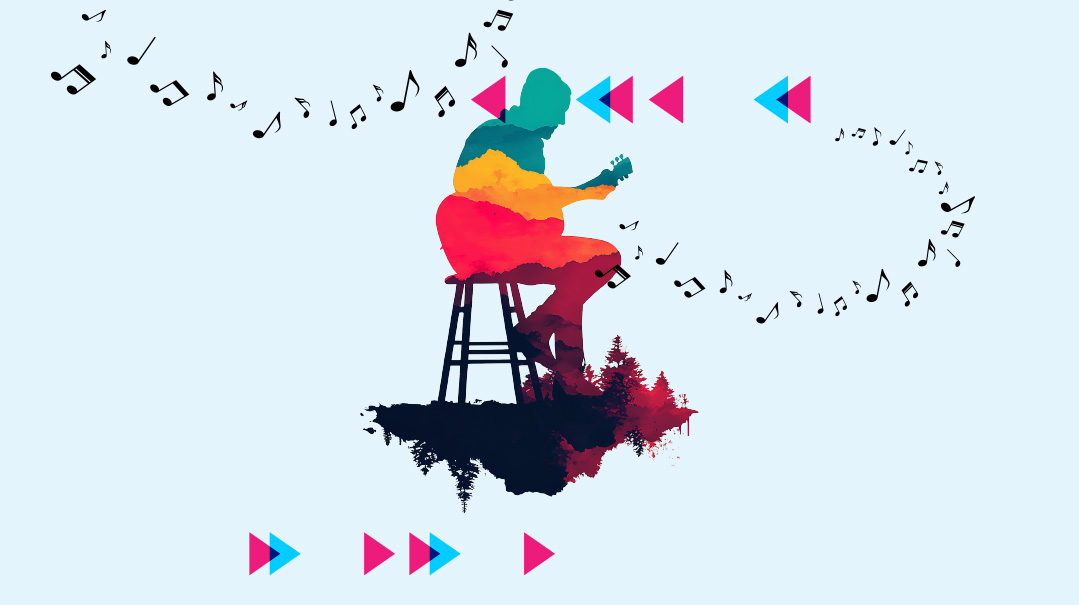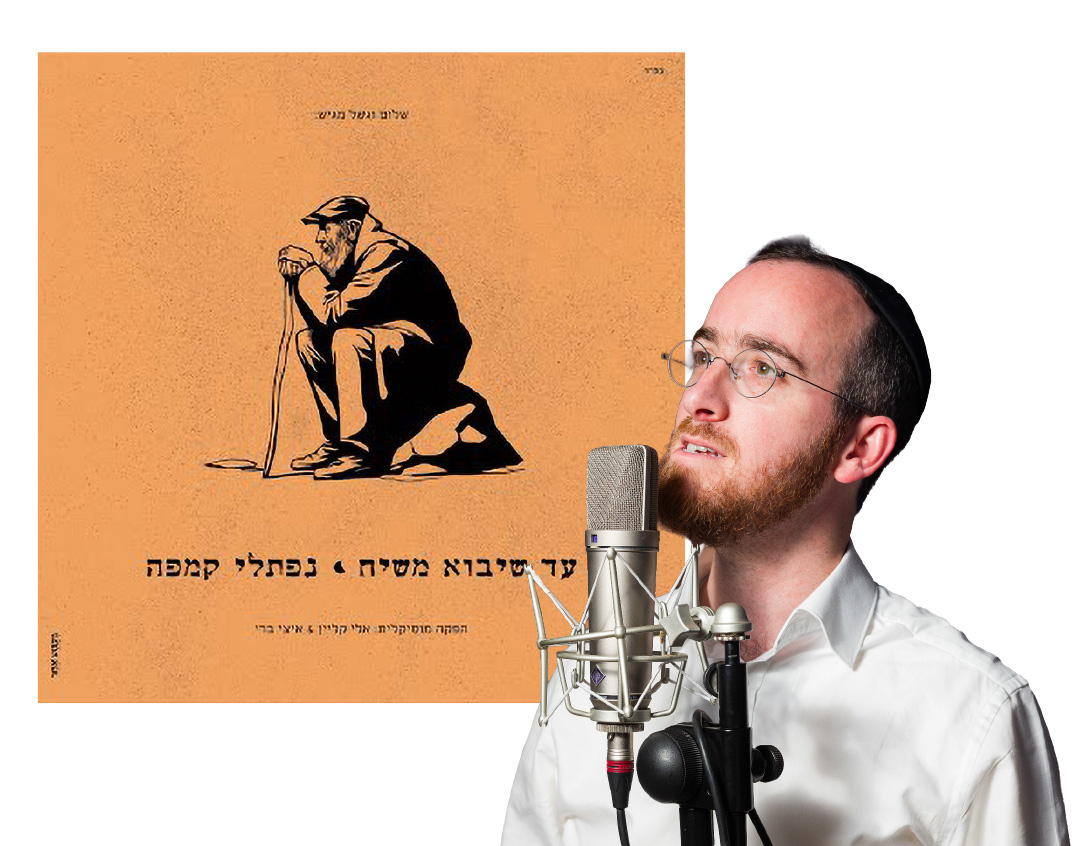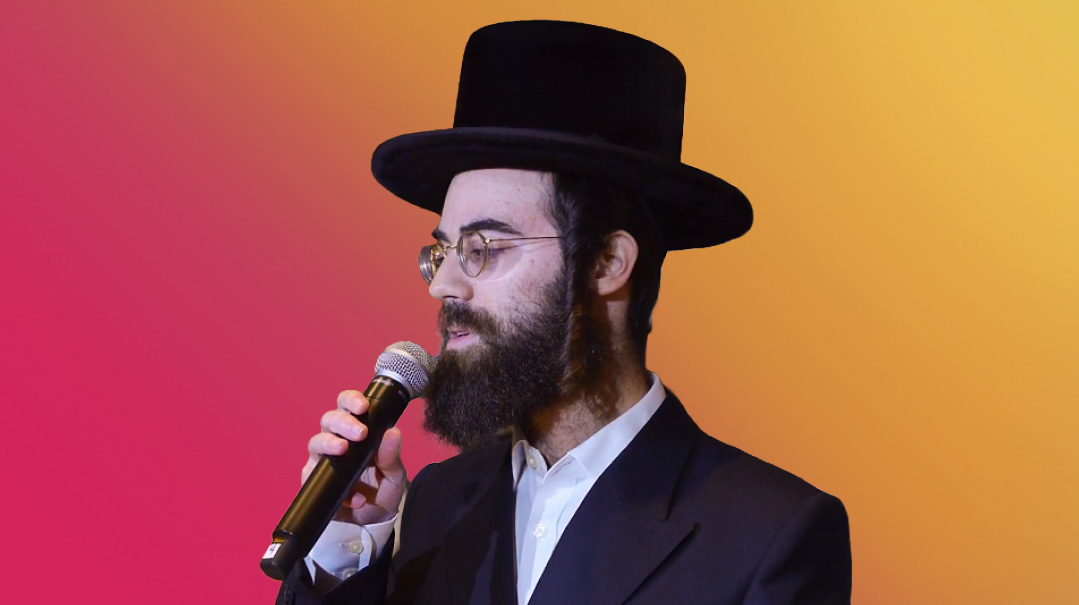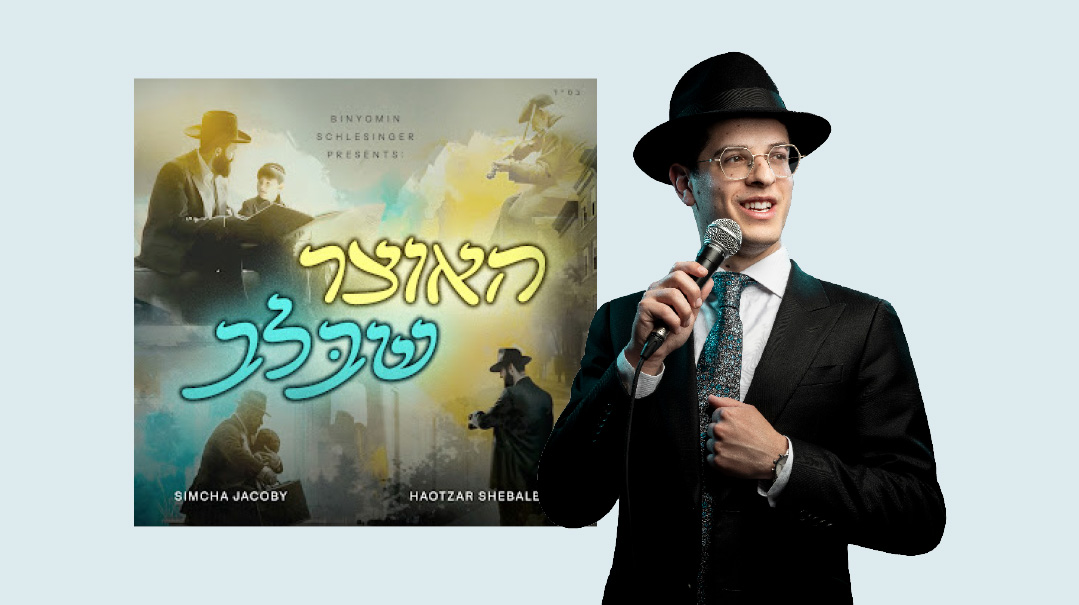Soundtrack of Our Childhood: 613 Torah Avenue Album Series
| October 6, 2022The backstories of those favorite albums that still frame our memories
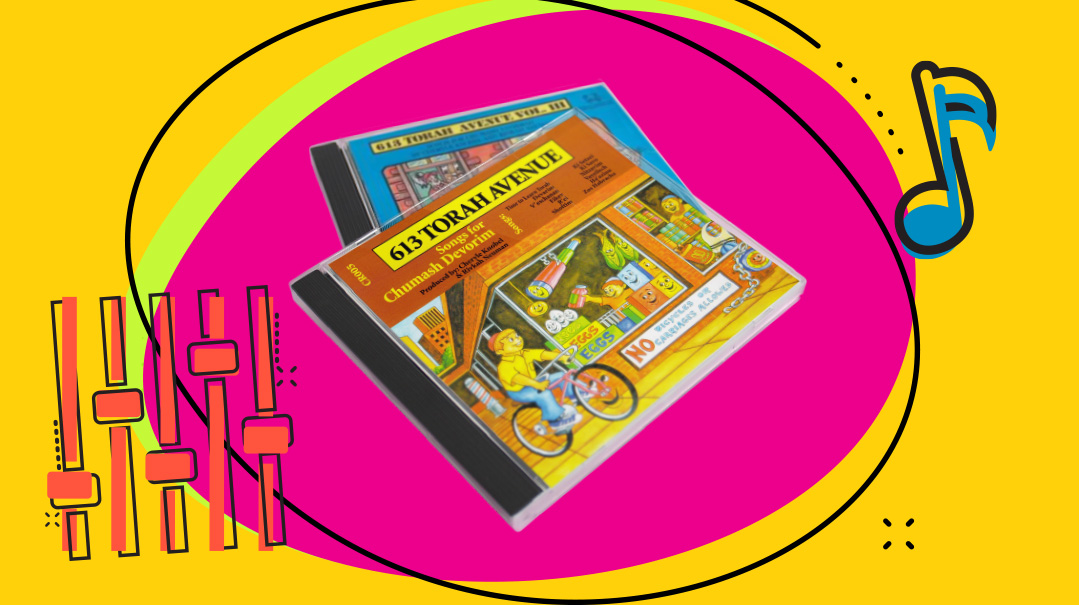
“Parents liked it, so we knew the public would, too”
613 Torah Avenue album series
MRS. RIVKA NEUMAN shares the backstory
HOW THE ORIGINAL CONCEPT DEVELOPED
Cheryle Knobl and I were teaching parallel classes of Pre-1A at Yeshiva Toras Emes, Kamenitz in Brooklyn. We made up a lot of lyrics to teach the boys the parshah, and we’d put them to tunes and sing them with the kids. We used to get notes back from parents: “Great songs!” “Great parshah notes!” and we’d give out the songs to other teachers of younger grades too.
Eventually, we said “Hey, let’s make a record!” This was 1977, but no, we were not the first frum children’s records. Morah Blanka Rosenfeld of Monsey/New Square came before us with her Mitzvah Tree series, and actually, she too was preceded by Seymour Silbermintz (Josh Silbermintz’s older brother) who produced Jewish Children Sing back in the 1950s.
Our idea was to approach Yisroel Lamm, who really gets a lot of the credit. He helped us with the tunes, wrote and arranged the music, and brought the entire project up to professional level. On the first two records, 613 Torah Avenue — Bereishis and Shemos, Rabbi Shmuel Kunda a”h wrote the narration and did all the funny voices, but after that he decided to work independently, writing and producing his own material. Reb Yitzy Erps then took over on the forthcoming albums.
We needed child soloists and were very grateful to Yerachmiel Begun of Miami Boys Choir who allowed his stars like Shloime Dachs, Mendy Wald, and Sruly Williger to sing on our records. Shmuel Borger of Amudai Shaish also sometimes helped us out. We did some of our recordings in Reb Eli Teitelbaum’s basement studio, and our distributor Mendy Werdyger made sure 613 Torah Avenue was distributed all over the world.
SURPRISES ALONG THE WAY
There weren’t really any. Since the parents had liked our songs, we figured the public would too. As for the music, Yisroel Lamm was the best in his field — it was a no-brainer. Yet of course, we could not foresee how far it would go.
THE BEST GUEST PERFORMERS
Shloime Dachs, Sruly Williger, and Mendy Wald, who all turned out to be singing stars later on. Yisroel Lamm himself made a cameo appearance on one of the recordings — after the “Hamalach” song for parshas Vayechi. When Chaim says “Goodnight, Abba,” he replies “Goodnight, Chaim.” We wanted him to have some part on the record, however small, because without his arrangements, Torah Avenue would have been nothing.
My own children took part in the videos, and on the Chanukah scene in Songs for the Seasons, that’s my partner Cheryle’s mother who you can see standing there frying the latkes.
MY FAVORITE EPISODE
That would be in parshas Lech Lecha, when Chaim speaks to the car covered in rust, and hears about Avraham and Sarah, who traveled from place to place. The song is “When Avraham was a small boy of three, he looked at the stars and the sea... when each one, in its time would set, he knew there was Someone greater yet, then he understood and was filled with love / He knew Hashem Echad was above.” We took the tune from an old Israeli song about Yerushalayim (“Me’al Pisgat Har Hatzofim”).
WHAT I’D DO DIFFERENTLY TODAY
The songs would be the same — they’re still used today in classrooms all over. But I can say that the production of the first two videos, which was done in the early 1980s, was graphically very primitive. We used the same recordings of the songs, but used animation instead of live children. On Volumes 3, 4, 5, 6, 7, and 8, we had live children, which made it much more real.
THE MOST MEMORABLE LINE
“Walk, walk, walk, don’t walk, don’t walk, don’t walk!” — from Bereishis.
A FUNNY MOMENT IN THE STUDIO
When we were recording the Songs for the Seasons video, we had a tree costume made of very heavy vinyl, with outstretched branches. Cheryle was the tree, standing inside this heavy plastic costume, and at one point, we heard her practically moan from inside the costume, “Let’s take a break, then I’ll get back in.” She could hardly breathe, let alone move.
MY FAVORITE SONG
“Vayishlach Yaakov malachim lefanov... Eisav was coming, with 400 men, Yaakov davened to Hashem.” You can still hear that all over the world today, and every year during that week, I get phone calls from people singing me the Vayishlach song. I’ve had the room burst into song when I walk in at that time of year. We took the catchy tune from a very popular Yiddish song (“Bai Mir Bist Du Shein”).
MY MOST MEMORABLE FEEDBACK
A mother called to tell me that her daughter was so happy that she knew the answer to a teacher’s question about which korban is brought in the same place as the Korban Chatas. The answer was on the Vayikra album for parshas Tzav, how the Olah and the Chatas were brought in the same place so that no one had to be embarrassed to bring a sin offering.
(Originally featured in Mishpacha, Issue 931)
Oops! We could not locate your form.

